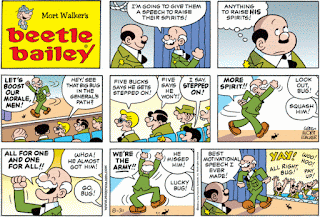Lesson 13
Visual Symbols are representations of direct reality, which comes in the form of signs and symbols.
DRAWINGS
- A drawing may not be a real thing but better to have a concrete visual aid than nothing. To avoid confusion , it is good that our drawing correctly represents the real thing.
POSTERS
CARTOONS
- Another useful visual symbol that can bring novelty to our teaching is the cartoon. A first-rate cartoon tells its story metaphorically.
STRIP DRAWINGS
DIAGRAMS
TYPES OF DIAGRAMS
Affinity Diagram - used to cluster complex apparently unrelated data into natural and meaningful groups
Tree Diagram – used in increasing details or various tasks that must be accomplished to complete a project
- It is a diagrammatic representation of relationships among individuals within an organization.
TYPES OF CHARTS
Tree or Stream Chart - depicts development, growth, and change by beginning with a simple course with spread outs into many branches
Flowchart - visual way of showing a process from beginning to end
Organizational Chart - shows how one part of the organization relates to other parts of the organization
Pareto chart - type of bar chart, prioritized in descending order of magnitude or importance from left to right
Bar Graph – use in comparing the magnitude of similar items at different ties or seeing relative sizes of the parts of a whole
MAPS
Relief Map – three-dimensional represents and show contours of the physical data of the earth or part of the earth



























Walang komento:
Mag-post ng isang Komento